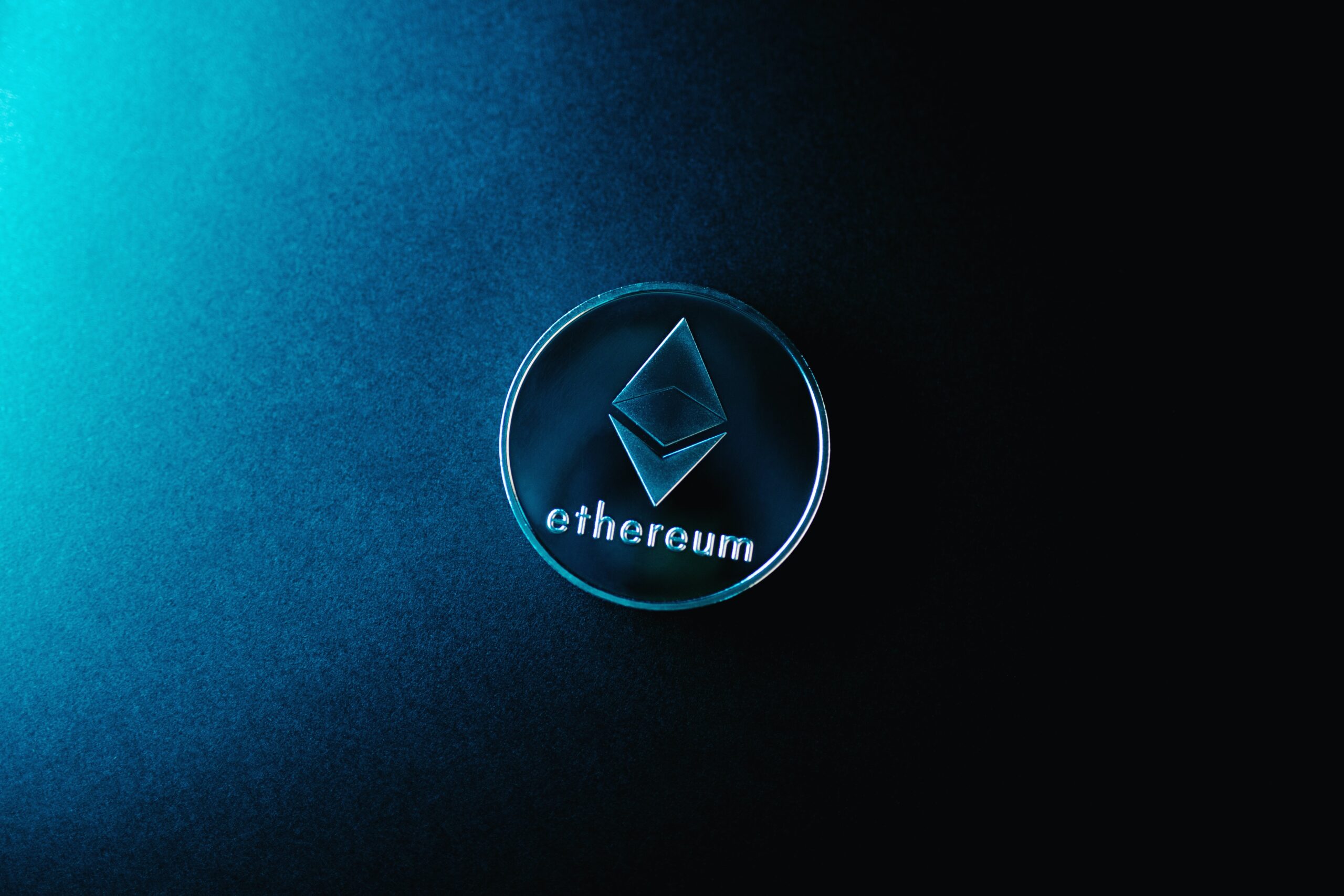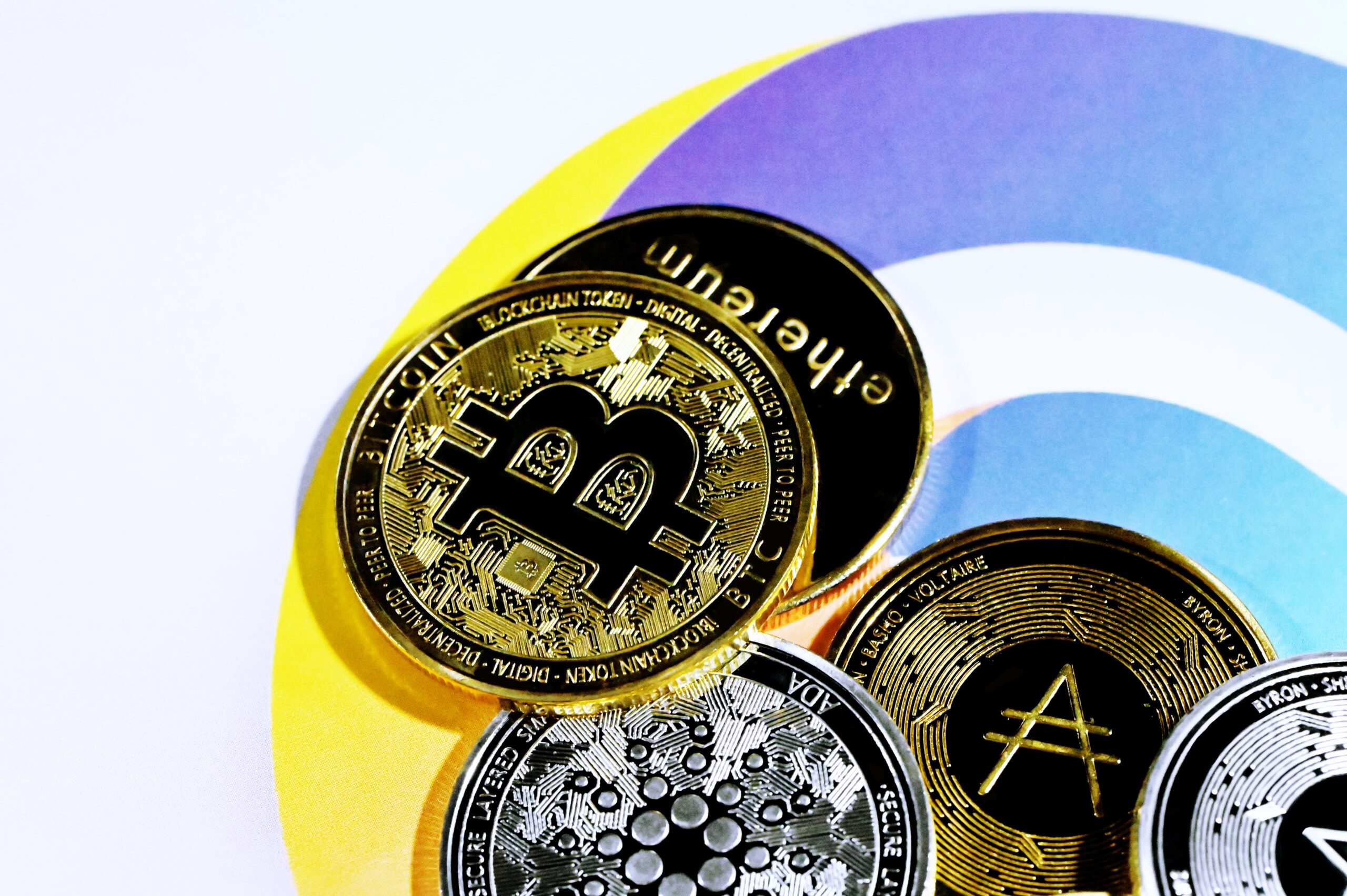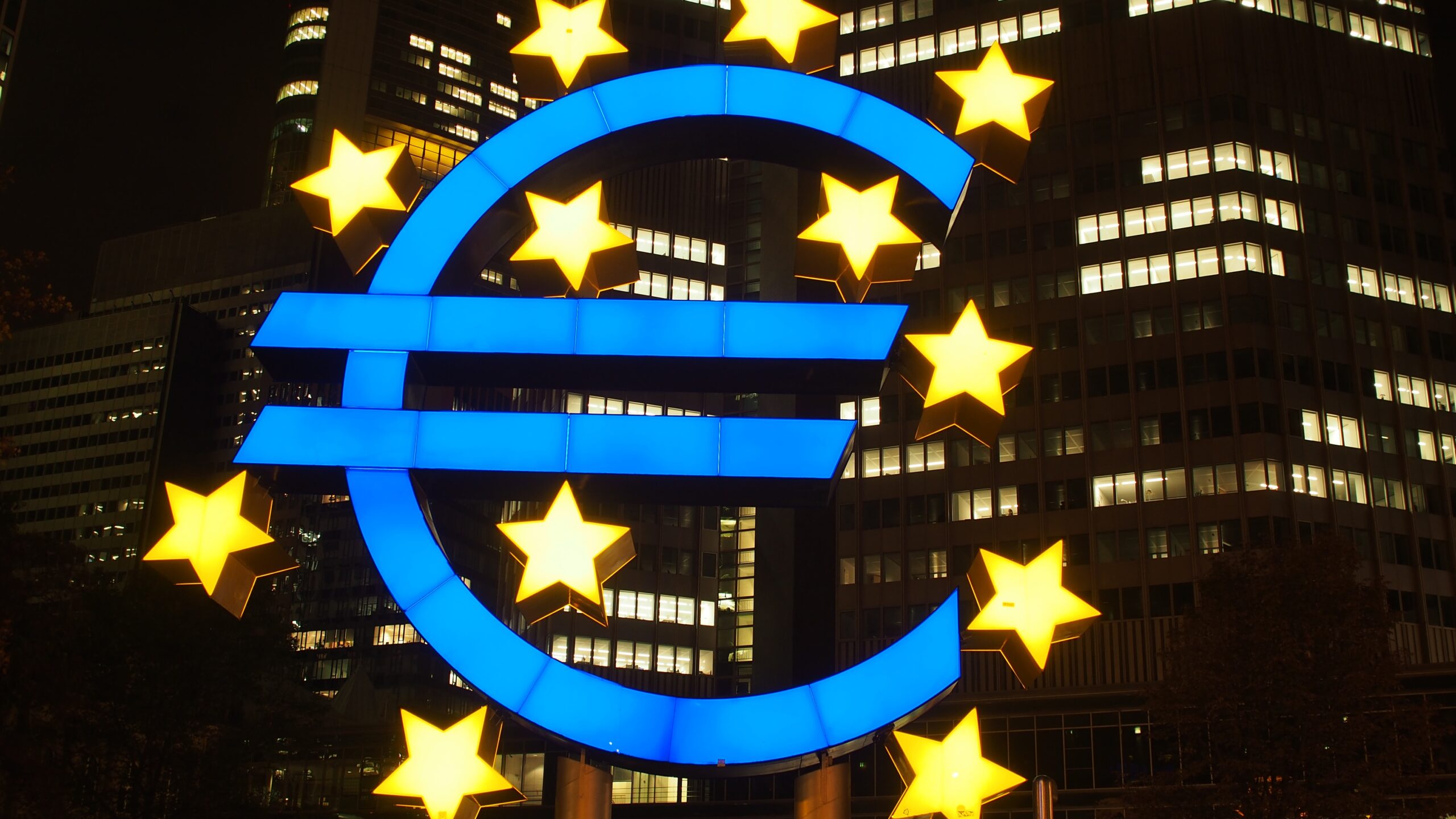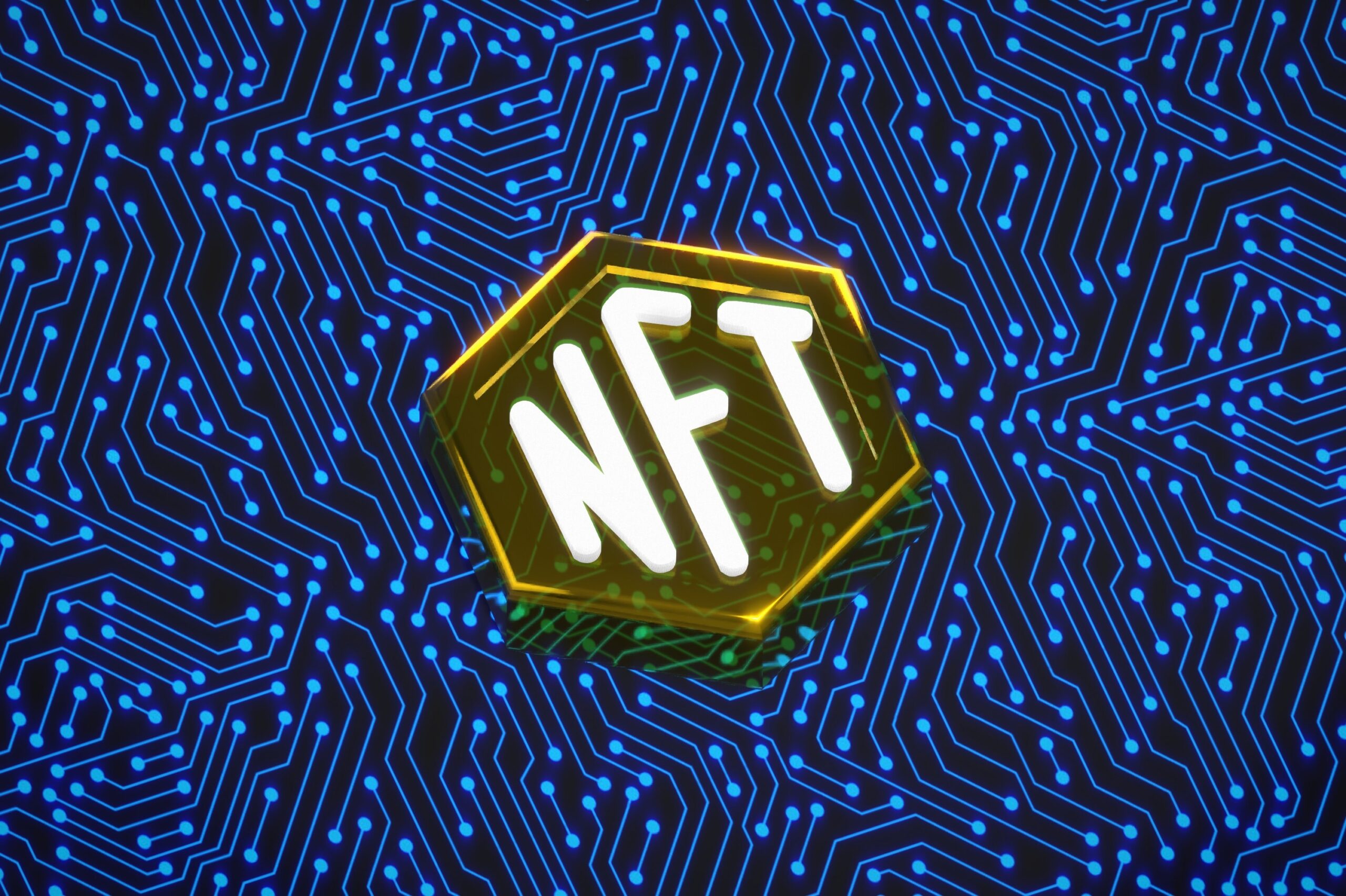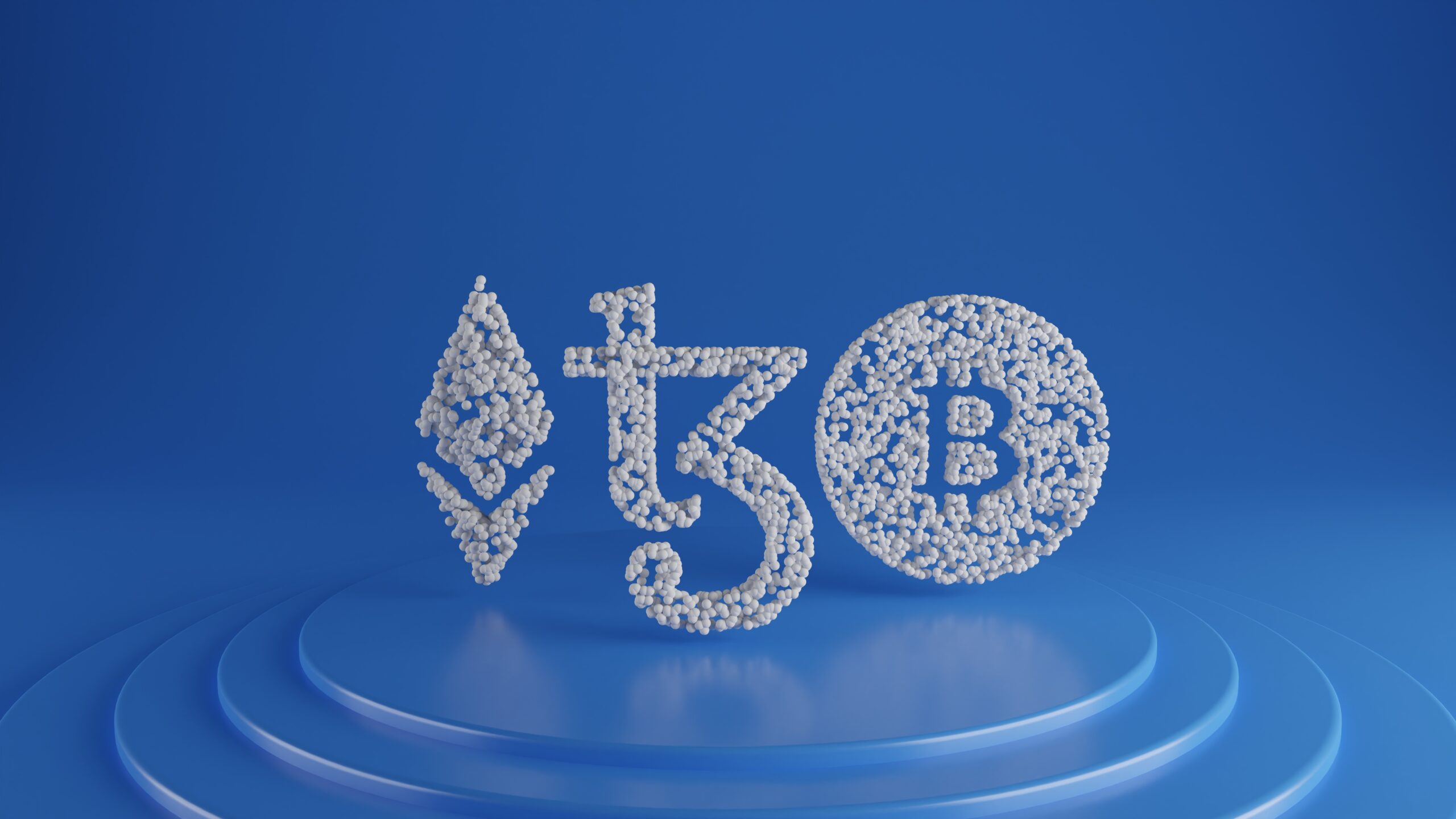NFTs had their breakout year in 2021, bringing to the art world a digital revolution. They became one of the year’s fastest-growing asset classes.
Non-fungible token technology has allowed artists to offer digital originals while cutting out art broker intermediaries, also being able to receive royalties on their work’s secondary sales. However, art is just the simplest of use cases of the growing functionality being realised with NFTs, blossoming into a new world of web 3.0.
NFTs have an evolving utility that is expanding daily. NFTs are already building communities, enabling novel and tradable assets for gaming, and providing the foundations for ownership and identity outside the coming metaverse. This article will delve into several aspects that NFTs will be used in our lives going forward and why they are beneficial in these roles.
NFTs and Digital Ownership
Because of their blockchain-based immutable nature, NFTs provide a complete history and proof of ownership, what the art world calls provenance, for digital assets and for any other class that is represented by a non-fungible token.
This functionality allows for the creation of unique digital assets or items that anyone can buy or sell freely with confidence in an open marketplace.
NFTs of today have already evolved, creating further utility spanning a variety of industries:
- Digital community keys
- Ownership of a username and assets in the metaverse
- Ownership of game assets, including avatars and virtual real estate
As our online world shifts from web 2 to web 3, NFTs will form the foundations of digital communities, assets, and economies.
NFTs as Entry Keys
One of the first use case evolutions of NFTs is as a form of ‘membership pass’ for a digital community. The ownership of NFTs that were part of a collection, like the Bored Ape yacht Club (BAYC) or the CryptoPunks, became the keystones that were required for membership in the communities that holders built.
More recently, the picture NFT collections such as Oni-Ronin have expanded on this idea, giving owners exclusive access to workshops and events as well as free airdrops of additional NFTs and even private raffles for a trip to Japan.
This type of entry is moving beyond the digital space, with NFTs now being used to provide their holders access to in-person events. Because NFTs are an immutable proof of ownership maintained on their blockchain, NFTs are in a position to solve some of the most common issues with event ticketing, such as digital theft and forging.
Digital Identities and Assets Redefined
There is no need to worry about someone taking your username in the metaverse. Some NFTs already allow for the ownership of custom “.eth” Ethereum wallet addresses (Ethereum Name Service).
So far, there have been nearly 3 million names created by over 600,000 participants.
Being in NFT form, these custom addresses can be integrated into other decentralised applications or Dapps, and they simplify the previously complex wallet addresses, allowing them to be personalised and much easier to remember. Rather than a long string of numbers and letters like ‘0x0078784ef055b06FC5A76B90c26’, it would be a much simpler address, like an email address or Instagram name such as ‘johnsmith.eth’.
Additional projects, such as NFT.com, use NFTs to provide the custom ownership of a personal profile like www.nft.com/johnsmith. The owner can share and display their NFTs on a decentralised social media network.
Tradable and Exportable NFTs
Gaming is a nascent sector where NFTs are already proving their utility. NFTs allow players to own in-game assets. There are some crucial differences between the typical ‘owning’ of assets in games and what NFTs provide. Projects such as DeFi Kingdoms, which is on the Harmony blockchain, have their own ‘NFT heroes’. These heroes can be bought, sold, and even rented out on an open market.
Along with providing ownership of these in-game assets, these Heroes can be productive assets. They can be sent on quests and earn in-game items (also in NFT form). The gained in-game assets can be exchanged for cryptocurrency or used to build other items to ‘power up’ the heroes.
The integration of NFTs into blockchain-based games like DeFi Kingdoms, Axie Infinity, and Crabada have created new and vibrant in-game economies where the NFTs are valued based on their attributes and statistics. The amount of time played is rewarded by these games, resulting in increased earnings and greater chances of finding rare item drops.
The Metaverse Economy
Beyond usernames, Ethereum wallet addresses and in-game characters, NFTs are becoming the technology used as a foundation for assets in the metaverse. The Sandbox already uses NFTs to represent the ownership of digital land, virtual spaces, as well as furniture, décor, and other metaverse assets. In November of 2021, the Sandbox saw a peak monthly sale of NFT assets totaling $47.4 million changing hands.
However, transactions have since plummeted to only about 1.1-1.2 million per month. Buyers have run the gambit of companies and celebrities, including Snoop Dogg, the South China Morning Post, and Atari, all purchasing their own real estate within The Sandbox’s metaverse.
NFTs have only just started to revolutionise the ownership and trading of digital assets, providing the foundations of digital communities and blockchain gaming, but they are poised to move well beyond these digital borders.
Blockchain is the Key
NFT’s utility is based on the use of blockchain tech. These decentralised digital ledgers are almost impossible to hack or alter. Beyond their use in proving the ownership of unique digital assets, NFT technology has nearly limitless applications beyond 8-bit art and in-game swords.
It is easy to imagine a world with a deed to a home existing as an NFT. Rather than having to conduct a title search every time a property is sold, the NFT deed would be a ledger of all changes, showing who is the current owner, when they took ownership, from whom, and the price paid. Closing would be as simple as fulfilling the requirements of a smart contract.
Such a process would be much more secure–no one could forge the ownership of a home because the log of ownership would be transparent and unalterable on the blockchain.
Not Just Real Estate
The real-life applications go far beyond real estate. NFTs would be helpful in any environment where the ownership of something should be tracked and proven. Rather than keeping paperwork needed to prove that you purchased and have ownership of something, an NFT could provide a record of the ownership history of an item and could be used for either a sale or a warranty.
NFTs could be applied to the bidding process of any job or project, ranging from simple gig work to government infrastructure projects. NFTs can also allow for built-in timekeeping and pricing mechanisms, which can make them a digital work order which can be changed in real-time as a job progresses.
A prospective college student could mint an NFT which represents their application profile, allow colleges to bid on them, offering admission and scholarships, turning the college acceptance process on its head.
A Secure Transaction Platform
Paper-based legacy transactions are called red tape for a reason. They are inefficient, require human intervention, and can be misplaced or lost. However, paper transactions have one advantage over more recent cloud-based documentation that is being used today; a paper document’s authenticity is often easier to prove. Cloud-based documents have the potential to be altered, hacked, or duplicated, costing companies millions in losses yearly.
NFTs can solve both of these problems. They provide documentation and digital transactions with a new layer of security while concurrently improving transaction efficiency. Those involved with the transaction can see the life of the NFT from creation to the current version.
NFTs form a virtually unhackable, encrypted system that is easily distributed and unalterable. Identity theft could be greatly reduced or eliminated. The NFT’s underlying asset is tracked and verifiable, providing confidence and security.
Closing Thoughts
Widespread NFT adoption could bring us many benefits. As businesses incorporate more blockchain technologies into their operations and a wider adoption happens among consumers, the sum of benefits is hard to limit.
NFTs will likely become the ‘how’–how we are identified, how we transfer personal data, and how we engage in digital commerce, particularly as the metaverse increases in popularity. Instead of overpriced art, NFTs will be seen as digital objects bringing much-needed ease to everyday business and to our daily lives.
Disclaimer: The information provided in this article is solely the author’s opinion and not investment advice – it is provided for educational purposes only. By using this, you agree that the information does not constitute any investment or financial instructions. Do conduct your own research and reach out to financial advisors before making any investment decisions.
The author of this text, Jean Chalopin, is a global business leader with a background encompassing banking, biotech, and entertainment. Mr. Chalopin is Chairman of Deltec International Group, www.deltecbank.com.
The co-author of this text, Robin Trehan, has a bachelor’s degree in economics, a master’s in international business and finance, and an MBA in electronic business. Mr. Trehan is a Senior VP at Deltec International Group, www.deltecbank.com.
The views, thoughts, and opinions expressed in this text are solely the views of the authors, and do not necessarily reflect those of Deltec International Group, its subsidiaries, and/or its employees.
